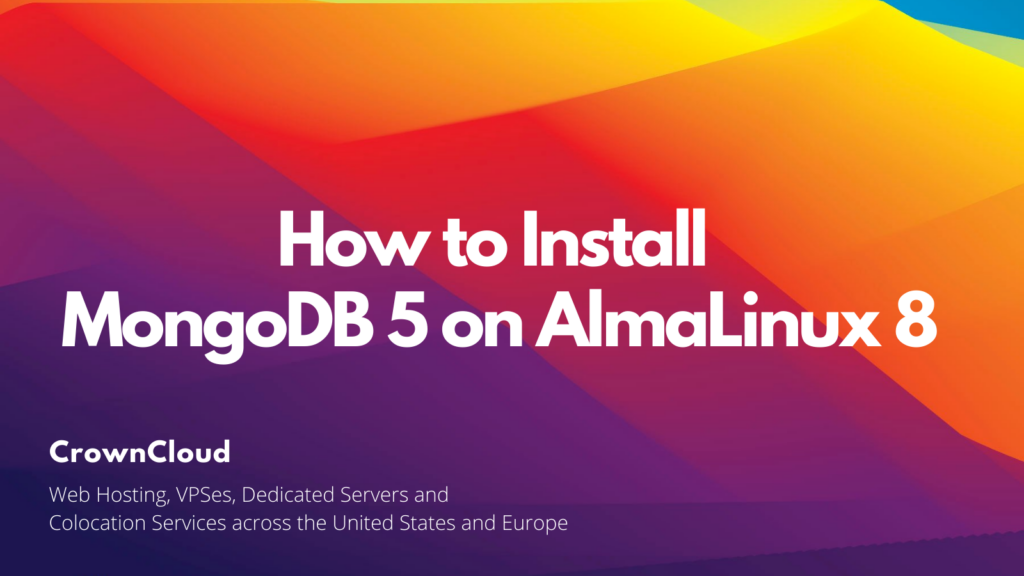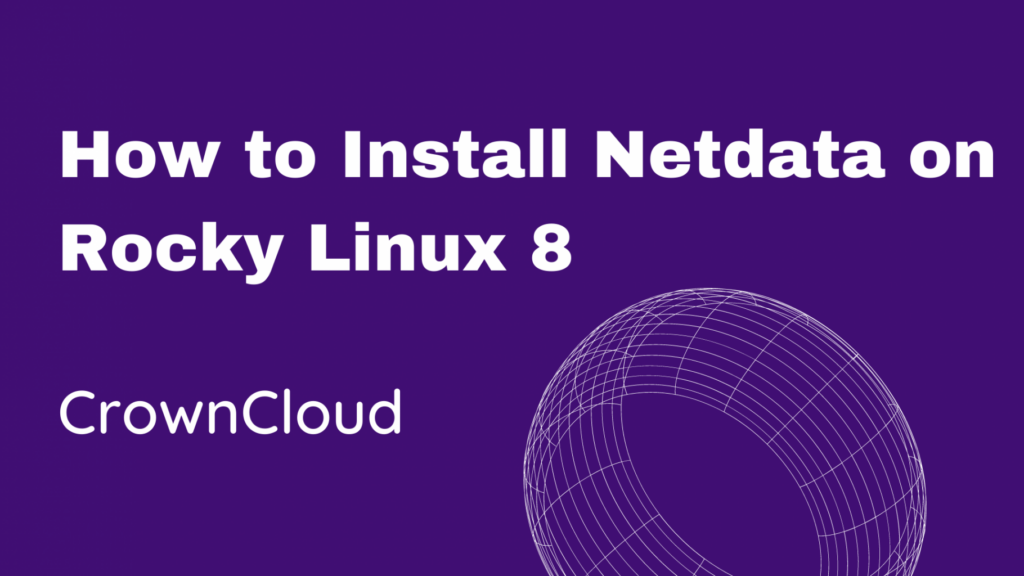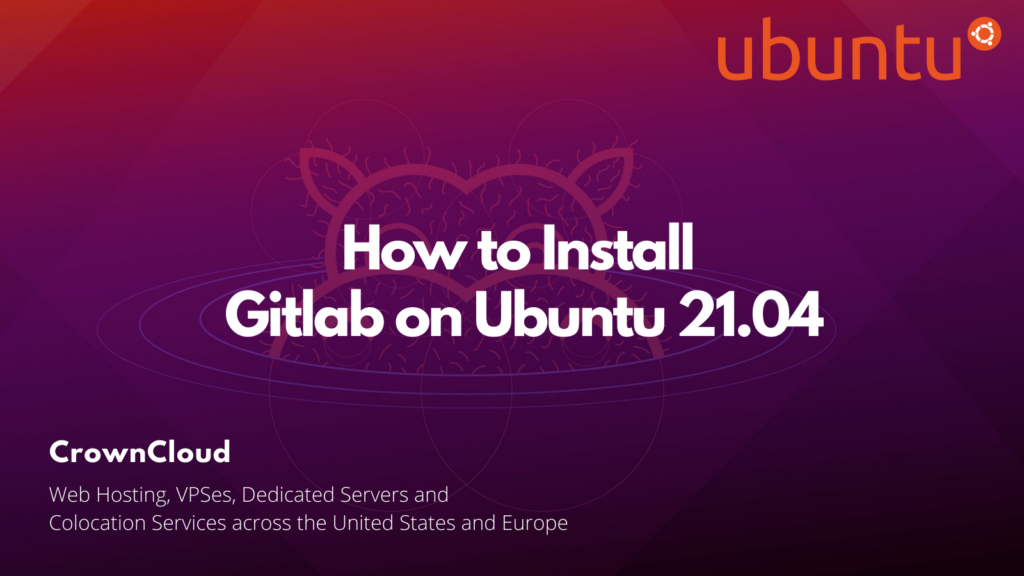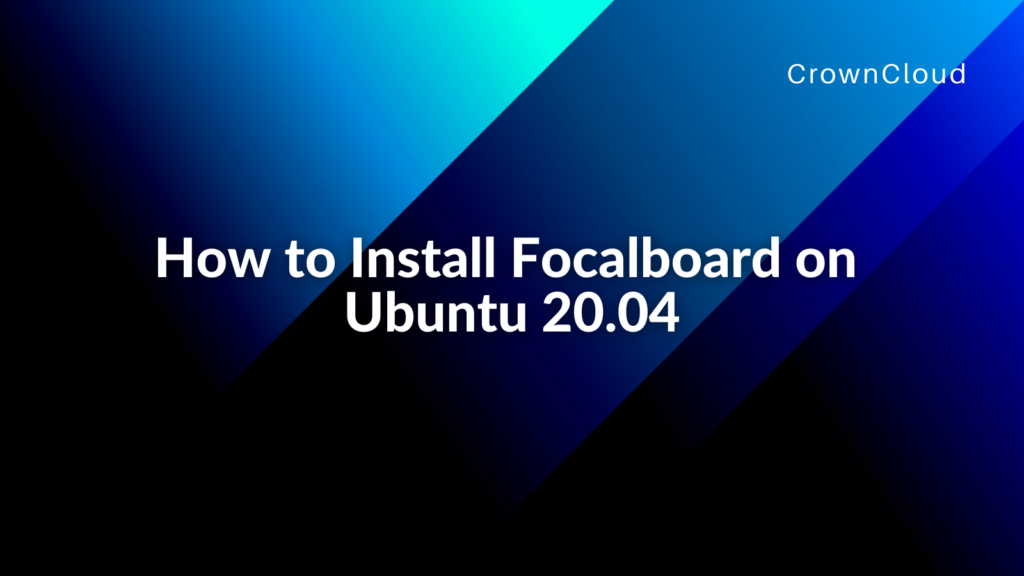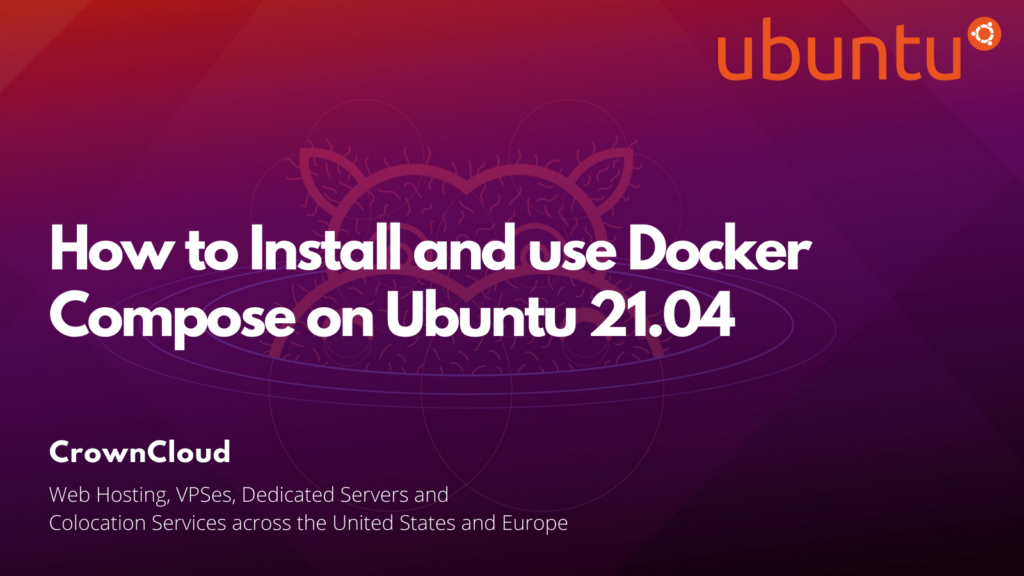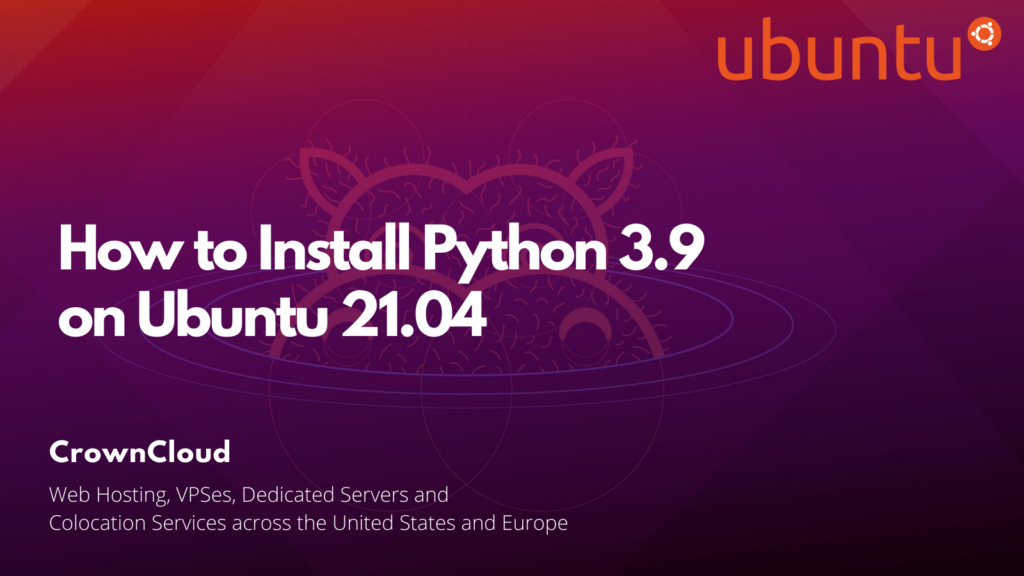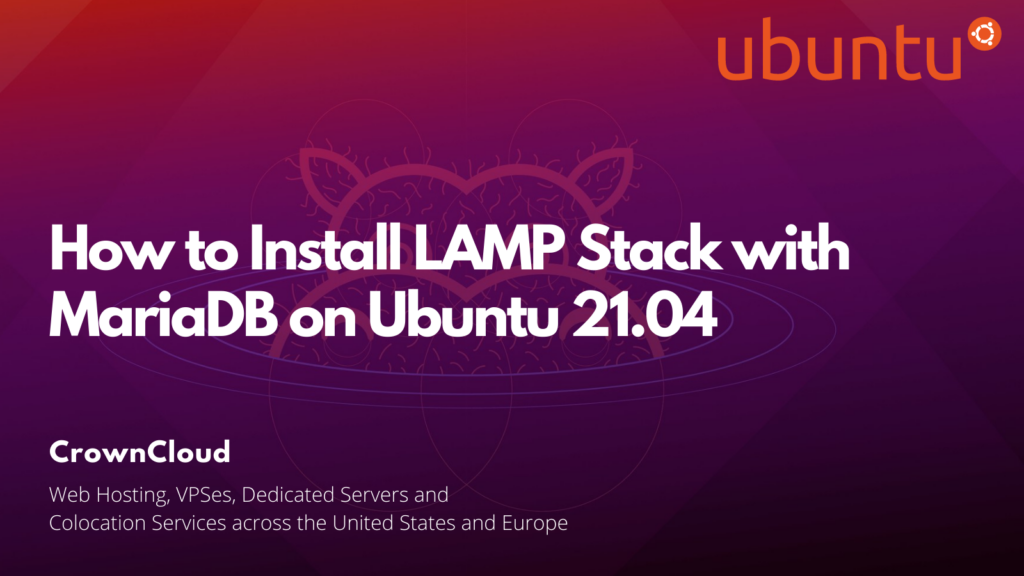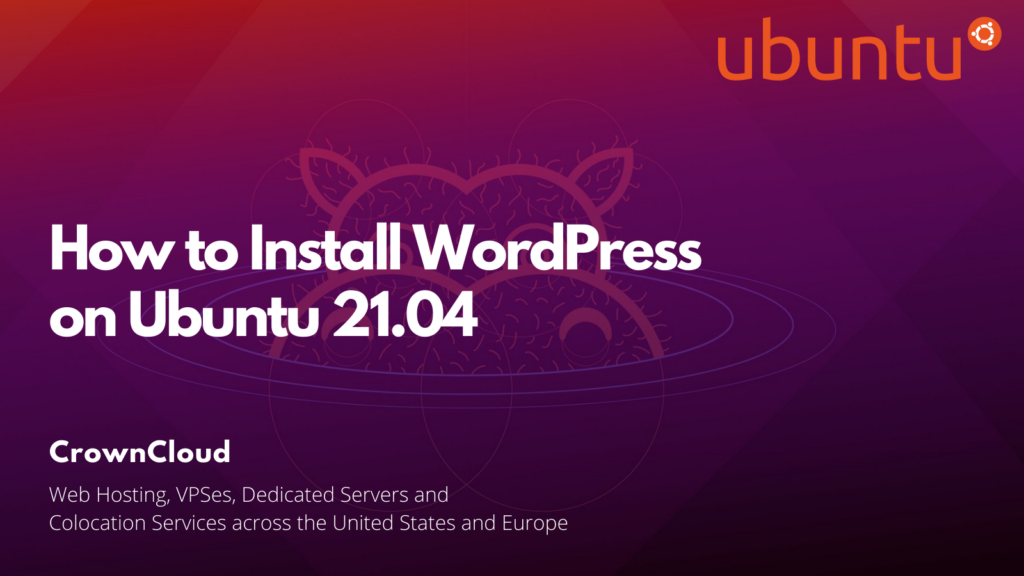Hello,
In this week’s feature highlight, we look at How to Install Ghost on Alma Linux 8
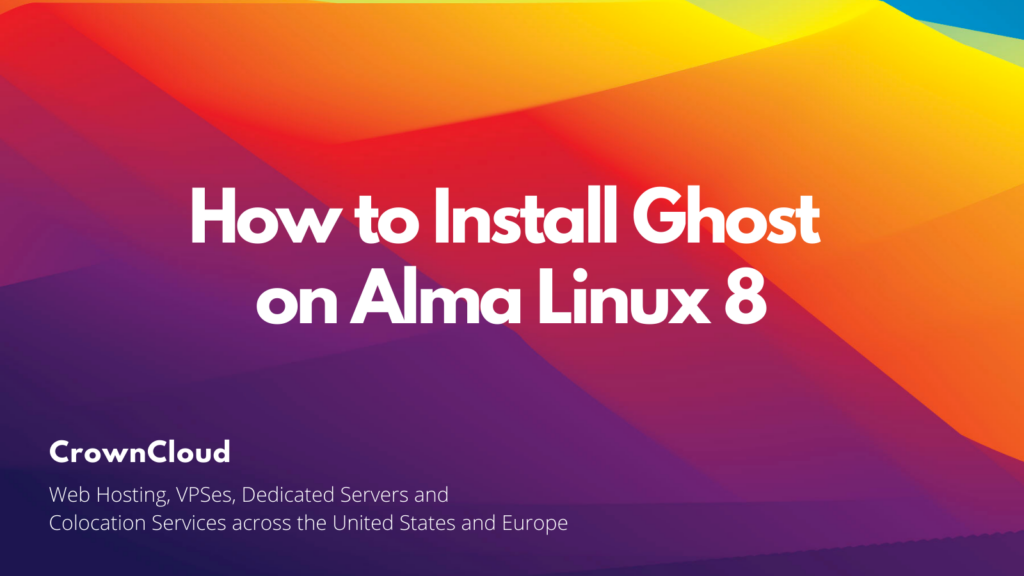
Ghost is a free and open source blogging platform written in JavaScript and distributed under the MIT License, designed to simplify the process of online publishing for individual bloggers as well as online publications.
We will now begin with the installation, login as root user on the server.
Update the System.
yum update -ySet your SELinux to permissive mode.
setenforce 0
sed 